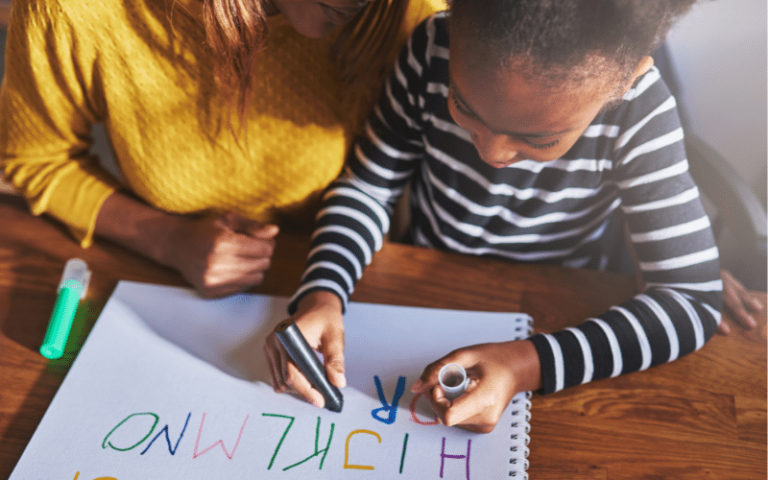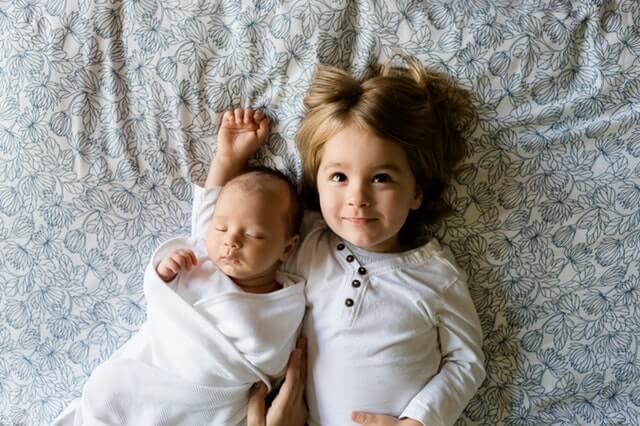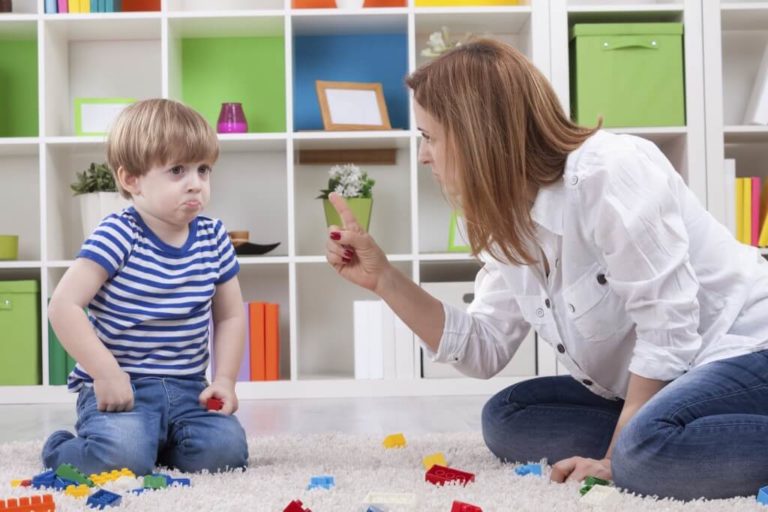What Is the Sensorimotor Stage in Psychology?
According to Piaget, the sensorimotor stage of development occurs during the first two years of a child’s life. During this period of development, children utilize their sensory abilities to learn more about themselves and the world around them. The sensorimotor stage is the first stage in Jean Piaget’s theory of cognitive development. This stage lasts…

According to Piaget, the sensorimotor stage of development occurs during the first two years of a child’s life. During this period of development, children utilize their sensory abilities to learn more about themselves and the world around them.
The sensorimotor stage is the first stage in Jean Piaget’s theory of cognitive development. This stage lasts from birth through approximately age two and focuses on building a sense that the self is separate from the environment.
During the sensorimotor stage, children learn more about themselves and the world through their sensory experiences. Simple actions like listening, grasping, and rooting help the child discover more about the world around them.
What Happens During the Sensorimotor Stage?
During the first two years of a child’s life, everything they know comes from their senses. Activities that play an important role in learning at this stage of cognitive development include things like:
- Sucking
- Seeing
- Touching
- Grabbing
- Rolling
- Feeling
- Eating
- Drinking
This period is vital for future development. While children are learning through their sensory experiences, a tremendous amount of cognitive growth happens during this critical point of development.
Kids also achieve many important physical development milestones.
A child’s ability to learn through their senses is limited by their physical and motor skills. For example, a very young infant primarily learns by seeing, feeling, sucking, rooting, and grasping because that is what they are capable of doing.
Physical milestones, including learning to grasp, roll, crawl, and walk, contribute to their cognitive development during the sensorimotor period. As children reach these milestones, they become more capable of interacting with their environment in different ways.
The Six Substages of the Sensorimotor Stage
Piaget further divided the sensorimotor stage into six distinct substages:
Reflexive Activities
(from birth to one month of age)
During the first substage of the sensorimotor period, infants learn about the world through their reflexive reactions. Sucking a nipple, chewing on toys, or grasping nearby objects are examples of reflexive actions.
Primary Circular Reactions
(from one month to four months of age)
At this point of the sensorimotor stage, infants begin to repeat pleasurable reflexive actions. For example, they might suck on a pacifier or their thumb because they find the action pleasurable or soothing.
Secondary Circular Reactions
(from four to eight months of age)
During this sensorimotor substage, infants repeat pleasurable actions and start to intentionally manipulate objects in the environment. Shaking a rattle or another type of toy are one example.
Coordination of Reactions
(from eight to 12 months of age)
This stage is marked by a more significant emergence of goal-directed behavior. Infants intentionally seek things to play with and explore.
Tertiary Circular Reactions
(from 12 to 18 months of age)
During this period of sensorimotor development, children begin to use the knowledge they gained in earlier stages to interact with the world in intentional, goal-directed ways. They will use trial and error to learn how things happen, move things around to seek our objects, and take things apart to learn how they go together.
Early Representational Thought
(from 18 to 24 months of age)
In the final substage of the sensorimotor period, children begin to engage in symbolic thought. They demonstrate that they are aware of objects even if they cannot see them.
Object Permanence and the Sensorimotor Stage
It is during the sensorimotor stage that children begin to learn that objects continue to exist, even when they cannot see them. This is known as object permanence, which is the understanding that objects continue to exist even if they cannot be seen, heard, or touched.
An understanding of object permanence is a critical milestone in cognitive development. That’s because it allows kids to understand that they are separate from the objects around them.
Children do not yet understand object permanence during the early sub-stages of the sensorimotor stage. As they go through the sub-stages, they begin to develop a greater understanding of themselves, the world, and the objects around them. The knowledge and skills they acquire through their sensory experiences help set the stage for the emergence of object permanence.
For example, in the third sub-stage, secondary circular reactions, children start to intentionally manipulate objects in the environment. They may start to look for a toy that has been hidden from view or reach for an object that is out of sight.
By the time children reach the sixth and final sub-stage of the sensorimotor stage, early representational thought, they have a full understanding of object permanence. They can form mental representations of objects and understand that they continue to exist even when they are not present.
This understanding sets the foundation for later cognitive development, including language and problem-solving skills.
Important Milestones in the Sensorimotor Stage
During the sensorimotor stage of development, parents and caregivers can observe various important milestones that indicate their child’s cognitive and motor skills are progressing. Here are some key milestones to look for:
Reflexes (Birth to 1 month)
- Demonstrates sucking, swallowing, and rooting reflexes.
- Responds to sudden noises with a startle reflex.
- Grasps objects placed in their hands.
Beginning Intentional Movements (1 to 4 months)
- Begins to coordinate movements, such as bringing hands to mouth deliberately.
- Tracks objects with eye and head movements.
- Shows interest in toys and may reach out to grasp them.
Object Permanence (8 to 12 months)
- Shows signs of understanding object permanence by searching for hidden objects.
- Engages in simple games like peek-a-boo.
- Begins to imitate the gestures and actions of others.
Emergence of Language (8 to 12 months)
- Starts babbling and making various sounds.
- Responds to their name being called.
- Begins to understand simple words and commands, although verbal communication may be limited.
Exploratory Behavior (12 to 18 months)
- Engages in purposeful exploration of objects and surroundings.
- Starts to use objects in intended ways (e.g., pushing a toy car).
- Shows interest in simple problem-solving tasks, such as fitting objects together.
Mental Representation (18 to 24 months)
- Engages in symbolic play, such as pretending to feed a doll.
- Begins to use words to represent objects and actions.
- Follows simple instructions and understands basic concepts (e.g., big/small, up/down).
Motor Development
Important motor development milestones also take place during the sensorimotor period. Some to watch for during the first two years of development include:
- Rolling over, sitting up unsupported, crawling, and eventually walking.
- Beginning to demonstrate fine motor skills like picking up small objects with thumb and forefinger (pincer grasp).
- Showing interest in activities that involve coordination and balance, such as climbing and pulling toys along while walking.
Such milestones are important indicators of a child’s cognitive, motor, and language development. While such changes often unfold following a fairly predictable schedule during the sensorimotor stage, it is important to remember that development differs for each child. Some children may develop these abilities more quickly, while others may take a little longer. If you are concerned about your child’s development, talk to a pediatrician or early childhood development specialist for further evaluation and guidance.




